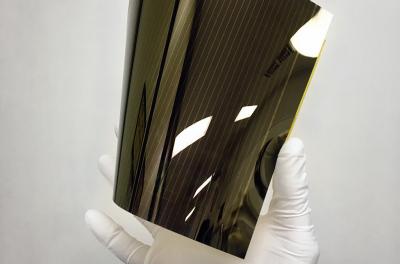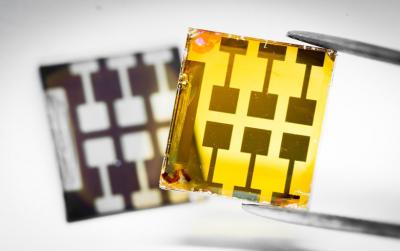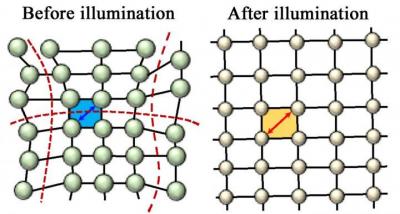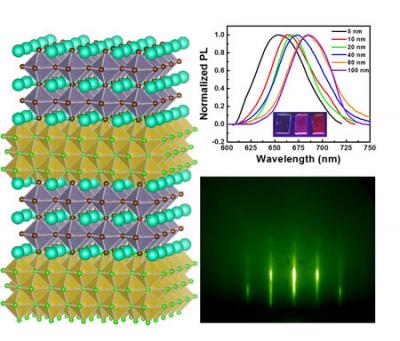Greatcell Solar awarded €500,000 in EU Horizon 2020 project
 Greatcell Solar has been awarded â¬500,000 in a European Union Horizon 2020 project known as H2020-SGA-FET-GRAPHENE. The grant to Greatcell's application has occurred through its 100% Italian subsidiary, Greatcell Solar Italy, located in Rome.
Greatcell Solar has been awarded â¬500,000 in a European Union Horizon 2020 project known as H2020-SGA-FET-GRAPHENE. The grant to Greatcell's application has occurred through its 100% Italian subsidiary, Greatcell Solar Italy, located in Rome.
The H2020 project is for the innovative development and the installation of a Perovskite Solar Cell (PSC) 10m2 array in the Greek island of Crete and aligns closely with Greatcell's existing technology development plan. Much of the work involved will investigate advanced technology for higher efficiencies, longer life and improved encapsulation of PSC enabled glass substrates, investigating in particular the usage of Graphene in PSC solar cells.






